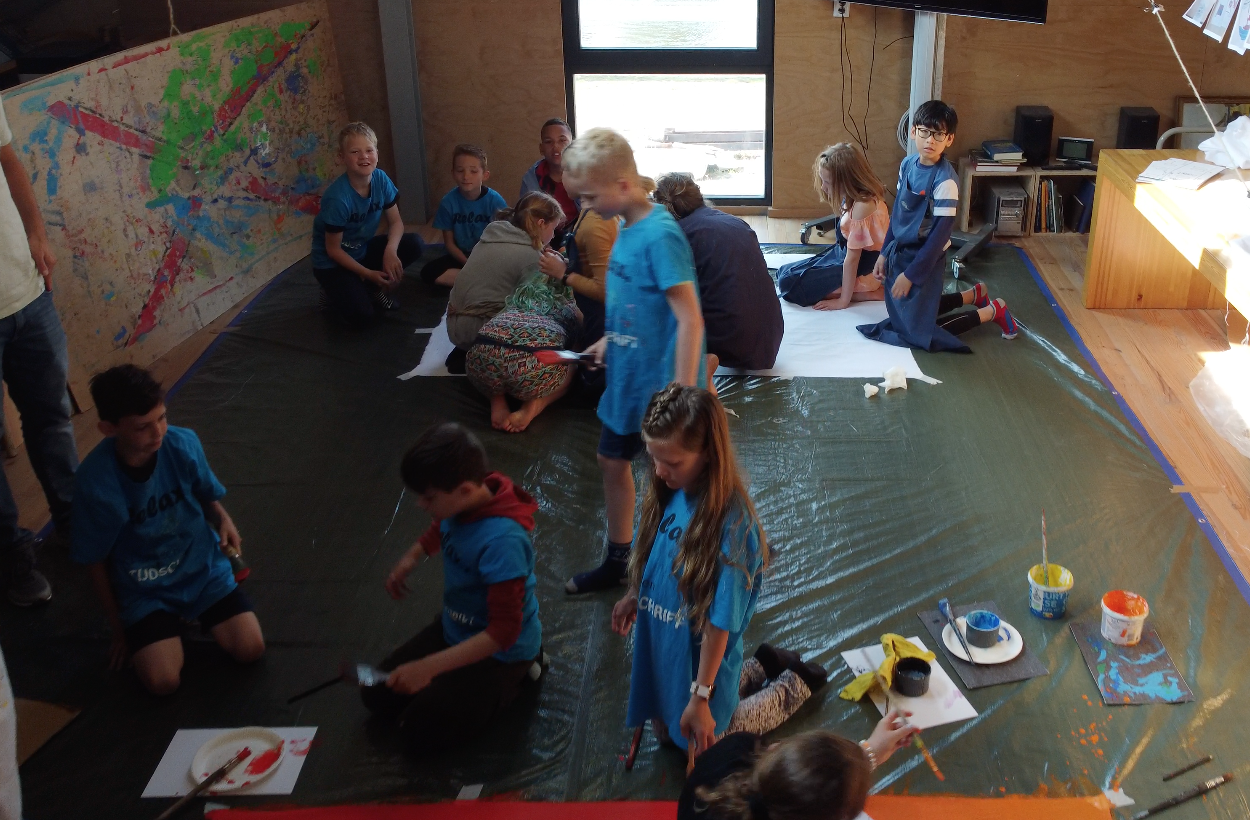
The historical relationship between Den Helder and Hemp
Jan 9, 2024
•
Den Helder, a picturesque coastal town in the Netherlands, has a fascinating relationship with Hemp that dates back to the area's early maritime history. This relationship has developed from the times of seafaring to the modern applications of Hemp fibres. In this article we explore the history and current role of hemp in Den Helder, with a focus on sustainability, innovation, and the role of Sail Den Helder as an event.
The maritime history of Den Helder has always had a strong connection with the sea.It was once an important naval base and is still home to the Royal Navy. Hemp played a crucial role in the heyday of Dutch sailing. Hemp fibres were used for the production of ropes, sails, and other maritime applications. Den Helder,with its favourable location on the North Sea, served as an important hub for the trade in hemp fibres and maritime materials. In the 17th and 18th centuries, the Dutch navy used sailcloth made from hemp fibres. Hemp was an ideal choice because of the strong and durable properties of the fibres. The Hemp sailcloth could withstand the harsh conditions at sea and provided a reliable base for the Dutch fleet. Den Helder grew into an important centre for the production and distribution of this sailcloth, playing an essential role in the maritime history of the Netherlands. The modern applications of Hemp fibres EarthFlags will be present at Sail Den Helder this weekend to share the story of Hemp and to represent the ships of Sail Den Helder with Hemp flags. The flags were painted with sustainable paint by primary school students in Den Helder.
Although the maritime applications of Hemp in Den Helder have gradually declined, the city has adapted to the modern possibilities of this versatile plant. Hemp fibres are now used in many sustainable products, including clothing, building materials and bioplastics. EarthFlags is active in Den Helder to offer a sustainable alternative to traditional materials with hemp fibres.
Explore Our Latest Insights
Discover the Power of Hemp
Join us in exploring the sustainable benefits of hemp for a greener future.

Built to Last
Hemp has been prized for millennia for its exceptional strength, durability, and resistance to the elements.
Eco-Smart Choice
A greener future doesn’t happen by accident. It’s a choice. From seed to fabric to flag, our supply chain respects the Earth.
Premium Craftsmanship
We cut, stitch, hem, digitally print, and quality-check in Europe, uniting skilled hands with modern, low-impact tech.
Trusted Worldwide
Chosen by global conscious brands for flags that supersede today's standards and meet tomorrow's responsibilities.












%20Daniel%20Kogler%20(11).webp)


%201.png)